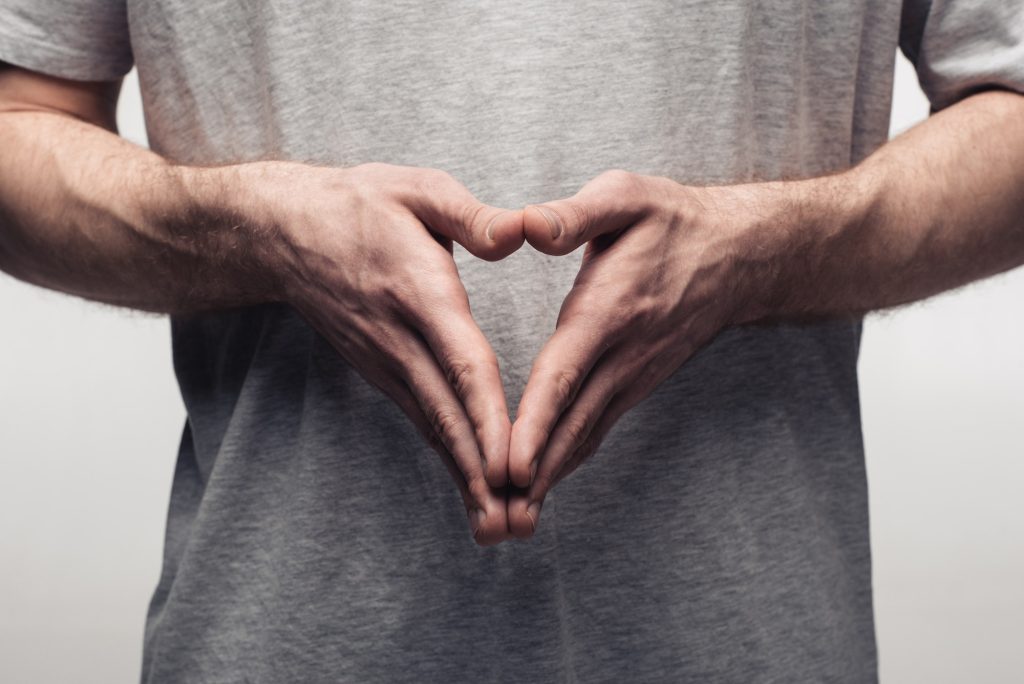
Nonverbal communication and gestures play a crucial role in diplomatic interactions. Diplomatic interactions are the exchanges between representatives of different countries or organizations aimed at achieving common goals or resolving conflicts. In such interactions, nonverbal communication and gestures can convey messages that words cannot express, and they can also help to establish trust, build rapport, and avoid misunderstandings.
Nonverbal communication includes all forms of communication that do not involve words, such as facial expressions, body language, eye contact, tone of voice, and touch. Gestures are specific movements or actions that convey meaning or emotions. In diplomatic interactions, nonverbal communication and gestures express respect, agreement or disagreement, sincerity or insincerity.
One of the most important aspects of nonverbal communication in diplomacy is body language. The way diplomats stand or sit during negotiations can convey their level of confidence and authority. For example, standing up straight with shoulders back indicates confidence and assertiveness, while slouching gives a lack of confidence. Similarly, crossing arms over the chest may indicate defensiveness, while open arms suggest openness to negotiation.
Eye contact is another important aspect of nonverbal communication in diplomacy. Maintaining eye contact shows interest in what the other person is saying and conveys sincerity. However, too much eye contact may be seen as aggressive, while avoiding eye contact may be interpreted as dishonesty.
Facial expressions also play an important role in diplomatic interactions. A smile can indicate friendliness, while a frown suggests disapproval or disagreement. Raised eyebrows may tell surprise while narrowing eyes suggest suspicion.
Gestures are also an essential part of nonverbal communication in diplomacy. For example, shaking hands at the beginning and end of a meeting is a universal gesture that signifies respect for one another’s culture and establishes trust between the parties involved.
Certain gestures have different meanings in some cultures than elsewhere, so it’s essential to understand cultural differences before making any gestures. For example, in some cultures, a thumbs-up is seen as a positive sign; in others, it may be considered offensive. In summary, nonverbal communication and gestures are essential in diplomatic interactions. They can convey messages that words cannot express and help to establish trust and build rapport between the parties involved. Diplomats must be aware of the cultural differences in nonverbal communication and gestures to avoid misunderstandings that could lead to conflict or failure of negotiations.
